HELP My hydrangeas are dying ...
6 years ago
Featured Answer
Sort by:Oldest
Comments (10)
- 6 years ago
- 6 years ago
Related Professionals
New Bedford Landscape Architects & Landscape Designers · Benbrook Landscape Architects & Landscape Designers · Harrison Landscape Architects & Landscape Designers · Wareham Landscape Architects & Landscape Designers · Allentown Landscape Contractors · McKinney Landscape Contractors · Clark Landscape Contractors · Danvers Landscape Contractors · Fountain Valley Landscape Contractors · Fuquay-Varina Landscape Contractors · Lyndhurst Landscape Contractors · Overland Park Landscape Contractors · Cypress Siding & Exteriors · Lafayette Siding & Exteriors · Loveland Siding & Exteriors- 6 years ago
- 6 years ago
- 6 years ago
- 6 years ago
- 6 years ago
Related Stories

PETSHow to Help Your Dog Be a Good Neighbor
Good fences certainly help, but be sure to introduce your pup to the neighbors and check in from time to time
Full Story
DISASTER PREP & RECOVERYHow You Can Help After Hurricane Dorian
Here’s where to donate to help victims of the first major Atlantic hurricane of the season
Full Story0

DISASTER PREP & RECOVERYHow You Can Help Flood and Tornado Victims in the Midwest
Here are ways to donate to help victims of the spring floods and tornadoes
Full Story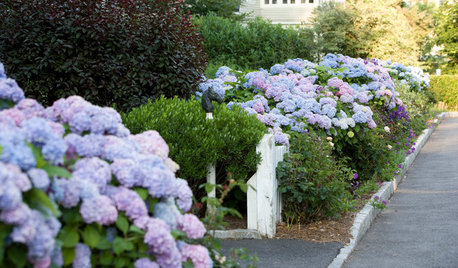
FLOWERSWhy You Should Give Hydrangeas a Place in Your Yard
The exuberant mop-headed beauties evoke dreams of an endless summer by the sea
Full Story
DECLUTTERINGDownsizing Help: How to Edit Your Belongings
Learn what to take and what to toss if you're moving to a smaller home
Full Story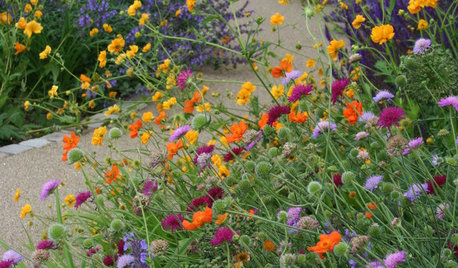
PLANTING IDEAS3 Color Palettes to Help Set Your Garden’s Mood
Select plants in these color combinations to create an outdoor space that’s cheerful, energizing or calming
Full Story
MOST POPULAR7 Ways to Design Your Kitchen to Help You Lose Weight
In his new book, Slim by Design, eating-behavior expert Brian Wansink shows us how to get our kitchens working better
Full Story
MOST POPULAR9 Real Ways You Can Help After a House Fire
Suggestions from someone who lost her home to fire — and experienced the staggering generosity of community
Full Story
ORGANIZINGHelp for Whittling Down the Photo Pile
Consider these 6 points your personal pare-down assistant, making organizing your photo collection easier
Full Story
DECLUTTERINGDecluttering Help: What to Do When Nothing ‘Sparks Joy’
If the Marie Kondo phrase doesn’t help you decide what to keep and what to discard, try asking these 4 questions
Full Story





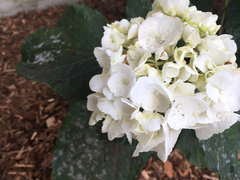
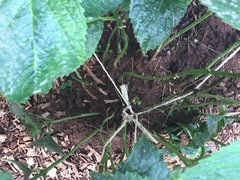
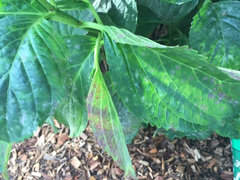

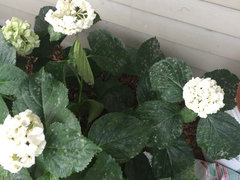

gardengal48 (PNW Z8/9)